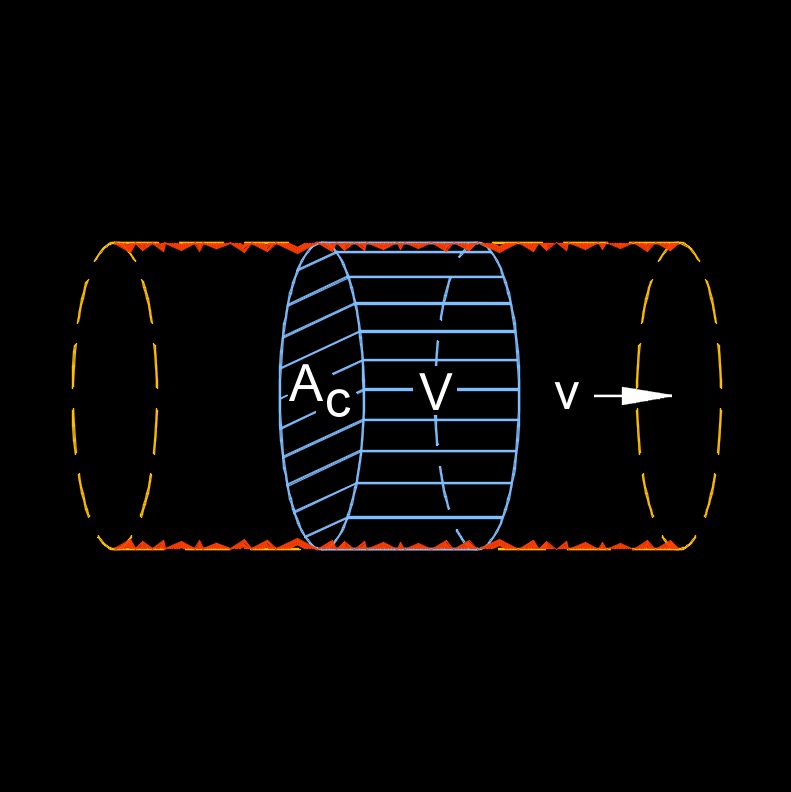Relative Viscosity
Relative Viscosity Formula |
||
|
\( \eta_r \;=\; \dfrac{ \eta }{ \eta_s }\) (Relative Viscosity) \( \eta \;=\; \eta_r \cdot \eta_s \) \( \eta_s \;=\; \dfrac{ \eta }{ \eta_r }\) |
||
| Symbol | English | Metric |
| \( \eta_r \) (Greek symbol eta) = Relative Viscosity | \(lbf - sec \;/\; ft^2\) | \(Pa-s\) |
| \( \eta \) (Greek symbol eta) = Solution Viscosity | \(lbf - sec \;/\; ft^2\) | \(Pa-s\) |
| \( \eta_s \) (Greek symbol eta) = Solution Viscosity Used | \(lbf - sec \;/\; ft^2\) | \(Pa-s\) |
 Relative viscosity, abbreviated \(\eta_r\), is the viscosity of a fluid relative to the viscosity of another fluid, often a reference fluid. It's typically used to compare the viscosity of different fluids or the change in viscosity of a fluid under specific conditions, such as temperature or pressure. The choice of reference fluid depends on the context and the specific application. For example, in the petroleum industry, the reference fluid might be air or water, depending on the type of fluid being studied. In some cases, the reference fluid is simply a standard fluid with well defined properties.
Relative viscosity, abbreviated \(\eta_r\), is the viscosity of a fluid relative to the viscosity of another fluid, often a reference fluid. It's typically used to compare the viscosity of different fluids or the change in viscosity of a fluid under specific conditions, such as temperature or pressure. The choice of reference fluid depends on the context and the specific application. For example, in the petroleum industry, the reference fluid might be air or water, depending on the type of fluid being studied. In some cases, the reference fluid is simply a standard fluid with well defined properties.

